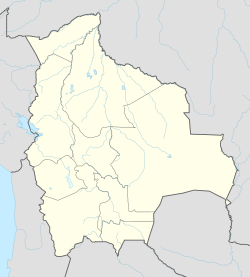신체 중심 반복 동작을 위한 디커플링
Decoupling for body-focused repetitive behaviors이 글에는 여러 가지 문제가 있다.이 문제를 개선하거나 대화 페이지에서 토의하십시오.(이러한 템플릿 메시지를 제거하는 방법 및 시기 알아보기)
|
디커플링은[1] 트라이코틸로마니아, 오니코파지아(네일 물어뜯기), 피부 따기, 립치크 깨물기 등 신체중점 및 관련 행동(DSM-5)을 위해 개발된 행동자조 개입이다.사용자는 자기반복적 행동(예: 손톱 물어뜯기, 피부 따기, 털 뽑기)을 완료하기 직전에 반동작용을 함으로써 원래의 기능장애 행동 경로를 수정하라는 지시를 받는다.이것은 자극을 유발하기 위한 것인데, 이것은 그 사람이 충동적인 행동을 초기에 감지하고 멈출 수 있게 한다.2012년부터 체계적으로 검토한 결과 2019년 이씨 등이 확증한 [2]디커플링의 효능이 나타났다.습관 반전 훈련과 같은 다른 행동 개입에 비해 기술이 우월한지 아닌지가 시험대상으로 기다리고 있다.
참조
- ^ Moritz, Steffen; Rufer, Michael (2011). "Movement decoupling: A self-help intervention for the treatment of trichotillomania". Journal of Behavior Therapy and Experimental Psychiatry. 42 (1): 74–80. doi:10.1016/j.jbtep.2010.07.001. PMID 20674888.
- ^ Sarris, Jerome; Camfield, David; Berk, Michael (2012). "Complementary medicine, self-help, and lifestyle interventions for Obsessive Compulsive Disorder (OCD) and the OCD spectrum: A systematic review". Journal of Affective Disorders. 138 (3): 213–221. doi:10.1016/j.jad.2011.04.051. PMID 21620478.
- ^ Lee, Melissa T.; Mpavaenda, Davis N.; Fineberg, Naomi A. (2019-04-24). "Habit Reversal Therapy in Obsessive Compulsive Related Disorders: A Systematic Review of the Evidence and CONSORT Evaluation of Randomized Controlled Trials". Frontiers in Behavioral Neuroscience. 13: 79. doi:10.3389/fnbeh.2019.00079. ISSN 1662-5153. PMC 6491945. PMID 31105537.


